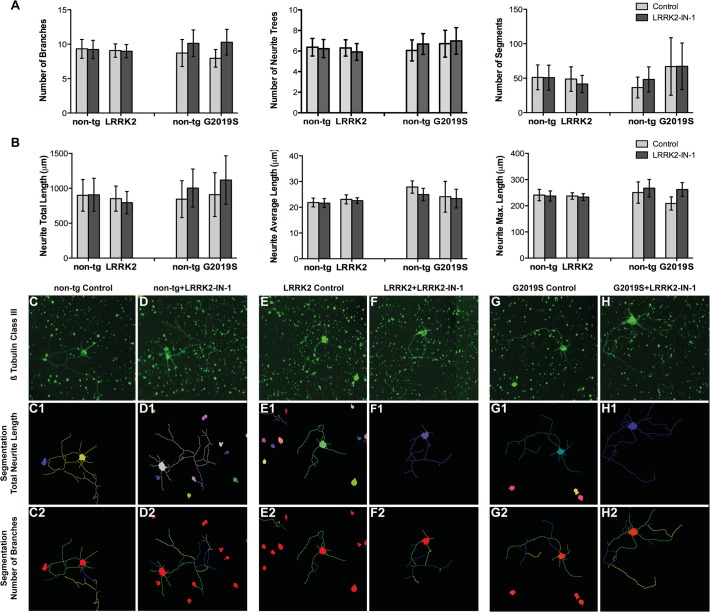Fig 4. Analysis of neurite outgrowth and branching complexity of primary hippocampal neurons.
A-B: Neurite parameters of neuronal cultures from LRRK2, GS-LRRK2 (line 2) and their respective non-tg littermate, which were treated with vehicle-control or LRRK2-IN-1 (0.1 M) for seven days (DIV7). Comparison of parameters describing neurite branching (A) included number of branches, number of neurite trees and number of segments. Comparison of neurite length parameters (B) included total neurite length, average neurite length and maximal neurite length. Data represent mean ± SEM and were analyzed with two-way ANOVA. No significant difference was detected. Number of neurons analyzed for cultures obtained from LRRK2 transgenic mice: non-tg = 1339, non-tg + LRRK2-IN-1 = 1609; LRRK2 = 1697, LRRK2 + LRRK2-IN-1 = 1542, n = 4 independent experiments; Number of neurons analyzed for cultures obtained from GS-LRRK2 transgenic mice: non-tg = 1268; non-tg + LRRK2-IN-1 = 1522; GS-LRRK2 = 1526; GS-LRRK2 + LRRK2-IN-1 = 1844, n = 4 independent experiments; C-H: Representative pictures of ß-Tubulin III stained neurons on DIV7 derived from wild type, GS- LRRK2 (line 2), their non-transgenic littermates. Pictures were obtained with the BD Pathway 855 high content Bioimager. C1-H2: Total neurite length (C1-H1) and number of branches (C2-H2) segmentation corresponding to ß-tubulin III staining images (C-H) obtained from Attovision Software.

